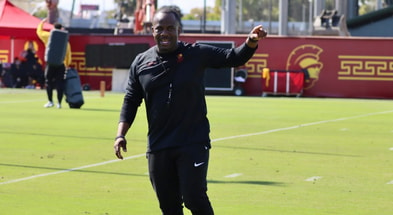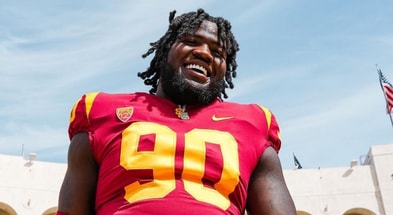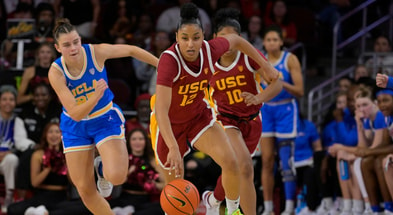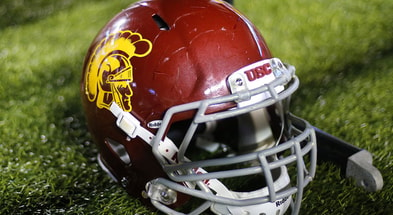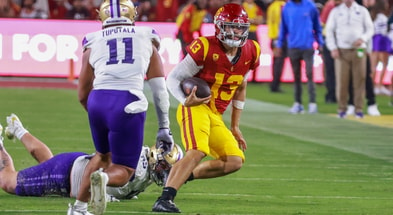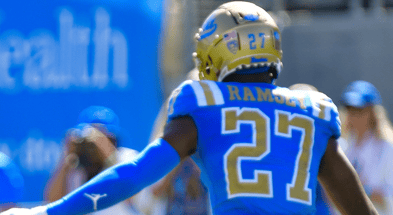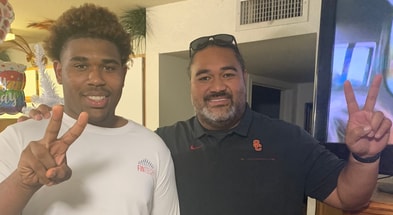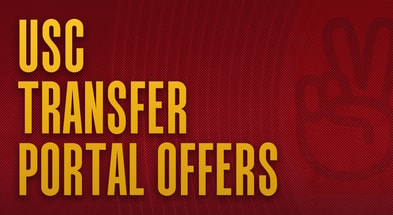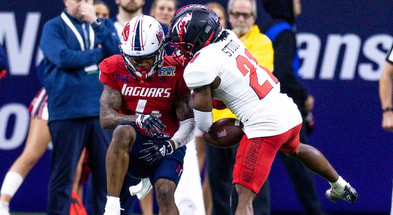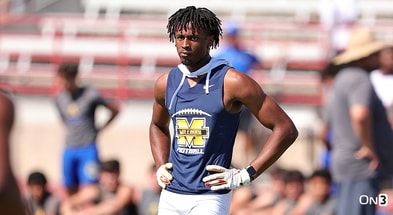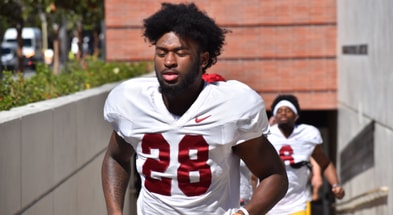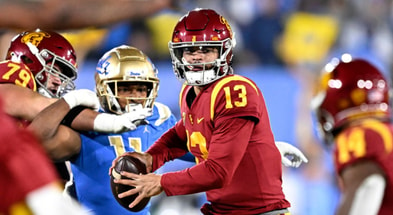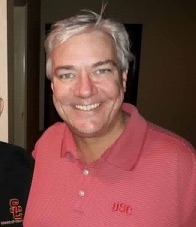Musings from Arledge: Recruiting, A Tough Stretch, and Peanuts
The new December signing period, and the large number of blue-chip players who have chosen to sign on the early date, really puts pressure on athletic directors.
Imagine you’re the athletic director of a prominent football program. Let’s say a relatively new athletic director. Let’s imagine that your program sits in a major recruiting hotbed. Imagine further that your program has national titles and major bowl wins in its history — and not ancient history; imagine instead that your entire fan base remembers from the not-too-distant past the tenure of a legendary coach with multiple national titles who consistently finished the season in the top 5. And imagine that that legendary coach pretty consistently finished at or near the top in recruiting rankings, and that even during other coaching tenures, the school consistently finishes in the top 10 in recruiting rankings.
Now imagine that your program is coached by someone who the fan base and, well, everybody else, believes is not of the same caliber. There is constant chatter about your coach’s job security, largely because your program is coming off an embarrassing 5-7 season last year that including losses to both of your primary rivals. Imagine that instead of finishing in the top 5 to top 10 in recruiting last year you barely cracked the top 20. Now imagine that recruits are currently not sold on your program and that many of the local recruits that would have been locks in years past are already headed elsewhere. Now imagine further that your school colors are, I don’t know, a form of dark red and a form of gold.
With me so far? Great. So you already figured out I’m talking about Florida State.
If you’re the athletic director at Florida State, you have a potential problem on your hands because of the early signing day. In the old days, if your coach is headed towards a second consecutive awful season, you let him finish it out, fire him the first week of December, hire a replacement within a few weeks, and that replacement has six weeks or so to reach out to recruits and build some excitement before signing day. It was tough, but there was at least a little bit of time to make a transition and still try to salvage a recruiting class. And this is important, because you’re already coming off a sub-par class (by your program’s standards), you’re facing the prospect of a terrible recruiting class in the current year, and you know that the first year of a new coach can be a recruiting struggle as well. That’s potentially a lot of underwhelming classes in a row. But at least you had a couple of months to act before signing day. At least you had a little time.
Now you have no time. Even if you hire a great replacement right after the season, the bulk of your recruiting targets are already signed elsewhere.
So what is an athletic director at, ahem, Florida State to do? If the season is going well, nothing. You hope the coach turns things around and gets the program back on track. But what if he takes some early losses and the ship starts to take on too much water?
You don’t want to fire hire him during the season and name an assistant as the interim, but not going that route could be a disaster if the season goes to hell again. Now imagine there are prominent coaches out there who might be interested in work, maybe future Hall of Fame coaches like Urban Meyer and Bob Stoops. If the season is going south in October or November, and you pull the trigger on the current coach, replace him with an interim, and immediately announce that as of December 1 your new head coach will be Bob Stoops.... Going that route could help salvage a recruiting class. Acting early also allows you to get a leg up on the other major programs who might also be hiring coaches soon. You can land your guy before everybody else is even in the market. Under those circumstances, it might be professional malpractice not to fire your coach if he’s 3-3 or 2-4 at the midway point. Something for Florida State’s AD to think about.
Let’s put aside off-topic discussions about Florida State and focus on USC for a minute. The first three games of this coming season are program-defining games. If USC goes 3-0 with wins over a ranked Stanford team and two other quality non-conference foes, the Trojans are ranked somewhere around #18 (maybe higher) and are facing Utah in what would be a huge matchup. The game would feature two ranked teams as well as the two favorites to win the south. The game is at home. It will be one of about three games that week that Gameday and the rest of the national media are talking about. It puts you in a position, if you play well at home, to send a statement to recruits, to your fans, and to the rest of the college football world that you are on the rise, that your recent incompetence is behind you. It could vault you into or close to the top 10. It puts you in the pole position to win the division.
Winning that fourth game doesn’t guarantee a successful season. You still have two extremely difficult road tests ahead of you and some other teams on the schedule that are not pushovers. But if you set up that big game and win, even a loss in one of the two next road contests — even losses in both — isn’t necessarily disastrous as long as you play well and compete.
Now imagine you don’t play well in the first three games. Imagine that you play sloppy in a tighter-than-expected win over Fresno State and then just get whipped in the trenches by a tougher, more-physical Stanford team. Then you pull out a squeaker on the road against BYU. Now you’re playing another tough, physical team, one that has a lot of confidence after mauling you the previous year, and your season is on the brink. Lose to Utah and you’re 2-2 facing road games at Washington and Notre Dame. Get there and there’s a high likelihood you’re looking at an in-season head coaching change under those circumstances.
The bottom line for me: a three-game stretch of Utah, at Washington, and at Notre Dame is brutal. Even Alabama and Clemson would look on that stretch warily. (But would probably still win them all....) You have to be in a good position going into that stretch. You have to be playing well. You really have to be 3-0. USC simply cannot afford to lose any of its first three games. The season and the future direction of the program hang in the balance.
How did I not realize until this past week that Clay Helton’s first name is Charles? Charlie Helton? “Chuck” Helton, as Peppermint Patti would say?
That’s right. I know some of you are going to kill me for this, but I’m saying it anyway. The first thing I thought of when I learned his name is Charles is ... Peanuts. I just couldn’t help it. Think about it. Charlie Brown is a fundamentally good person* who is under constant criticism — bombardment, even — from the people around him, largely because those people think he is in over his head at whatever it is he’s doing. (They usually right.) He finds himself in positions of authority — baseball coach, director of the Christmas play — but struggles to exude enough actual authority over his charges to succeed. And success is what you want so badly for Charlie Brown, even when you know that it’s unlikely. You want him to throw the next fastball by the batter, but you have every reason to suspect he’s going to get spun around and undressed by the ball again. You want so badly for him to kick the football this time, but you know, deep down inside, that he won’t.
Too pessimistic? Maybe. But Charlie Brown, a born pessimist, would understand. And in the words of George Will: “The nice part about being a pessimist is that you are constantly being either proven right or pleasantly surprised.”
*Yes, a good person. For all the talk about “Helton Haters” on these message boards, it’s hard for me to imagine anybody hating Clay Helton. He seems to be such a kind, decent person, a true gentleman. Helton Skeptics? Yeah, there might be a few of those….
